The Ratanakiri province, with the incredible wildlife of Virachey National Park, the waterfalls and lakes of Banlung, and its remoteness, is possibly the best place I have visited in Cambodia. Here’s all you need to know about it.
The Ratanakiri province in North-East Cambodia is the second place I have visited in the whole country, right after Siem Reap, and it is probably the one that has marked me the most. The beauty of these red lands will remain in your hearth for a long time if you only make the effort to reach them. The fact that there isn’t a massive presence of tourists makes the whole visit even better.

There is two main type of activities you can undertake here to fully enjoy the amazing nature of the province:
1) The first is a lot of fun and relax by visiting the lake and the many waterfalls around Banlung, the capital of the province.
2) The second, is an adventure trek in Virachey National Park, the largest and still partially uncharted jungle in Cambodia, with its wildlife diversity and the possibility to see wild gibbons, quite a rare thing.
1) FUN AND RELAX IN BANLUNG
In any case, everything starts from Banlung, which is an 8 hours drive by bus from Siem Reap, and 12 from Phnom Pen. A night bus option from the Capital is also available. So, at the end it isn’t so hard to reach.
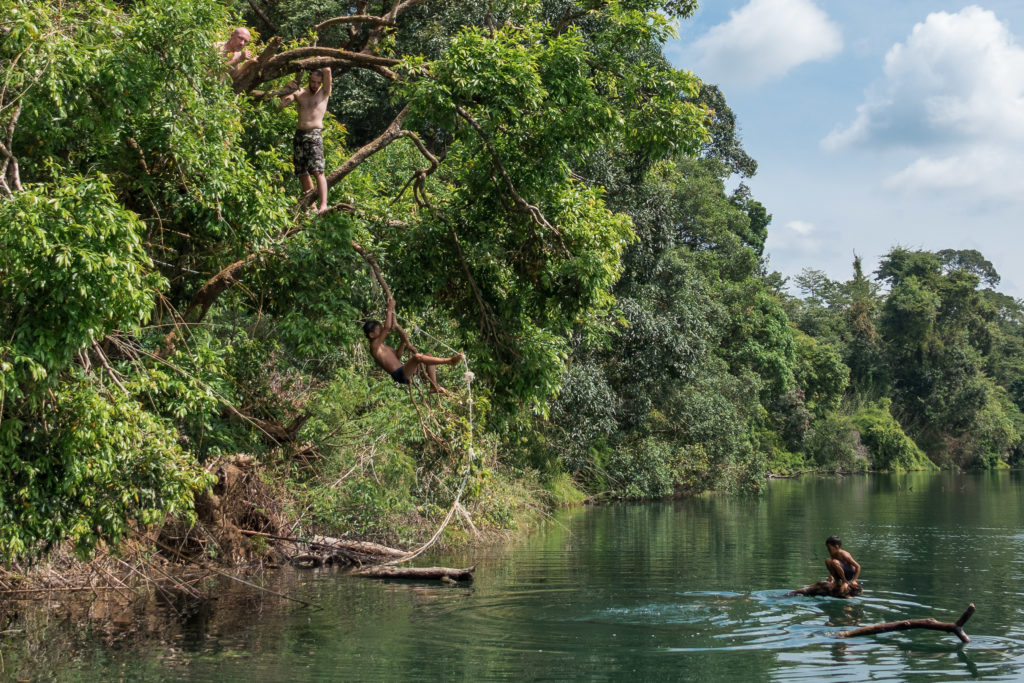
The city doesn’t have much to tell, aside for the very local Khmer restaurants to discover. There are few tourists, and few guesthouses, but enough options to make everyone happy, with a little sense of adaptation that is.

The Yeak Laom Lake is the highlight here. It’s a lot of fun to dive into the crystal clear waters and play around with local kids diving from tree branches. After this, there are four or five waterfalls that you can decide to go visit, all around the town, and where you can bathe as well. A motorbike might be needed if you want to cover several places in one day, although auto-rickshaw options are always available.
But the real deal, and reason to come this far, is the Virachey National Park.
2) ADVENTURE TREK IN VIRACHEY NATIONAL PARK
Established in 1993, Virachey National Park is huge, it covers 3,325 square Km, and it is mostly uncharted. It goes up to the border with south Laos, and most treks just barely enter into it.

The park hosts a wide variety of wildlife, which includes mammals such as elephants, clouded leopards, sun bears, pangolins, and perhaps rhinos, tigers and leopards in its most remote areas, although these last three have never been confirmed. It also has wide numbers of snakes, big spiders such as tarantulas, and rare birds such as the great hornbill (featured image).
But the main attraction is the possibility to see gibbons in the wild. This is why most people adventure in treks there, beside the thrill of trekking in a big jungle, sleeping in a military hammock, being bitten by bloodsucking leeches, listening to the stories of the local guide, cooking with bamboo… well, I think you got my point, trekking in a jungle is a lot of fun!

Unfortunately, the park is also under threat from illegal logging and poaching, and the biggest threat of all: Chinese planning their infrastructures (in a country that is literally being sold to them) and destroying everything they come across to, jungles and animals alike. As if their useless traditional medicine, which uses animal parts and causes poaching of engendered species like sun bears and tigers, wasn’t enough. So stupid. But I will discuss the issues of Cambodia in a separate post.
How to see gibbons in Virachey National Park
Alright, there are two ways of trekking Virachey National Park and trying to see Gibbons. An official way, and an unofficial way.

The official way
The official way goes through the official channels of the National Park, and it is the only way to actually enter the Park, no matter what other agencies or guest house owners will tell you.
It is more expensive, as it takes between $220 and $280 for two days and one night trek, depending on the number of people on board. But it is also more comfortable as, I understand, you sleep in a kind of guesthouse, and, most importantly it guarantees 90% of the times you will see the gibbons.
This is mostly due to a well-known family of gibbons that is more used to the presence of human beings, as some researchers spent two years analysing their poop. So, basically the Park guides know where to find them.
I haven’t taken this tour, so I cannot give any further detail about the trek itself.
The Unofficial Way
The unofficial way does not go inside the National Park, but the treks wander around its borders, in the community forest. Do not believe anyone who says otherwise.
There are lots of agencies or independent guides organising these treks, which can be different depending on what you are keen on doing. It can be a mix of trekking and rafting, or just trekking for example. Usually, local people are involved, meaning jungle people, local guides, and Prices are negotiable.

This is what I did, inside the Community Protected Area OTung, as it was cheaper, $100 for three days and two nights, but also less comfy (or more adventurous if you want to see the glass half full) as you will sleep in hammocks in the middle of the jungle and ride on the back of a motorbike for more than one hour to get to the starting point of the trek. Most importantly, there is no guarantee to see the gibbons.
And in fact I did not see them, damn! I am really not happy about this and I will go back one day. But I must say the trek was a lot of fun, although we lost a little too much time at the camp, in my opinion.

The most important time of the day was the morning. Twice we got up at 04:30 in the AM to position ourselves in a strategic spot and listen the gibbons singing. That’s what they do at sunrise, they sing very loudly as a way to mark their territory. If they are close enough, the guide will be able to locate them, and we could try to go and observe them. If they are too far, end of the game. We did hear to their call on both mornings, but on both occasions they were too far.
Too bad, they are such beautiful primates, and it is so hard to see them in the wild, as they are engendered and live all the time high on the canopies.
Still, I have seen a Kramer Pitt Viper (pretty cool!), a tree full of Great Hornbills (pretty cool!), a wild pig (Ok!), a cute bat from very close (Ok, cool!), and the guide dug out a tarantula for us, as they live in a burrow on the ground (pretty cool!). I was also bitten by several leeches (not cool but that’s the jungle) and we saw the fresh poop of a sun bear (I guess this is cool!).

At the end I thoroughly enjoyed the trek, the rivers, the jungle, and the time at both campsites I spent with two friends and the two guides. One of them had a lot of stories to tell us about local culture, especially about money and marriages. The other made shot glasses with bamboo, and we all had some rice wine together. Pretty cool!
Virachey National Park and surroundings is a thick difficult jungle. Wildlife is there, but it isn’t always so easy to spot it. I have been too much easier and richer jungles in this sense, such as Bardia National Park in Nepal. But that’s the beauty of nature, isn’t it? You never know what’s going to happen.



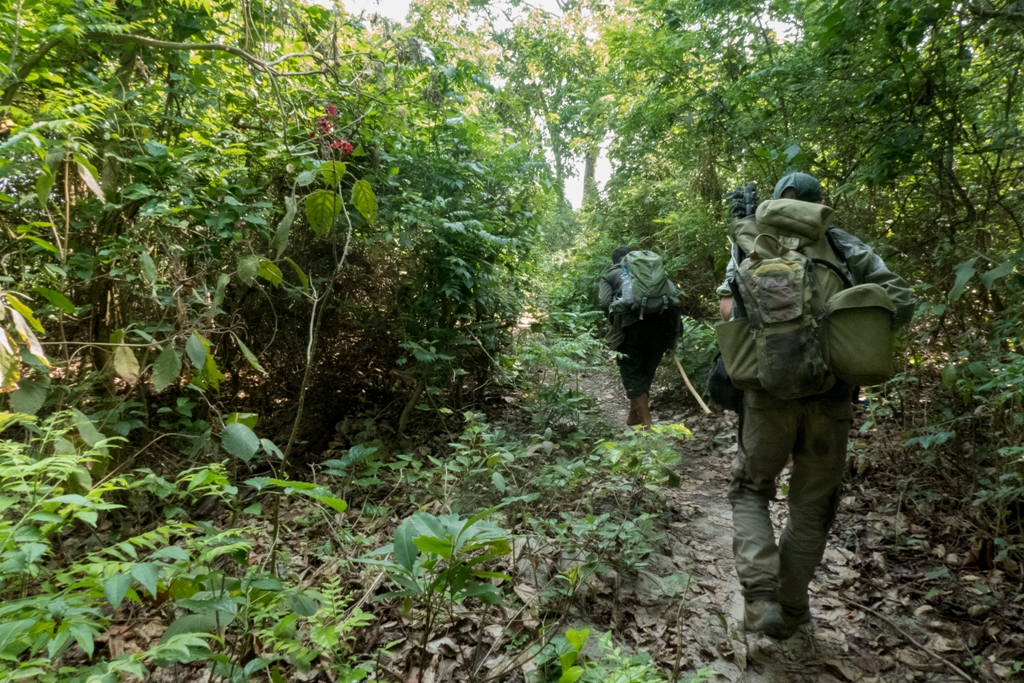
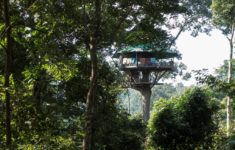
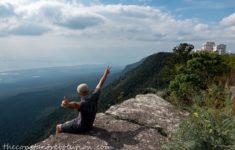
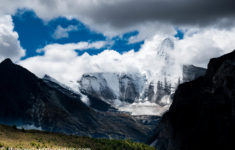
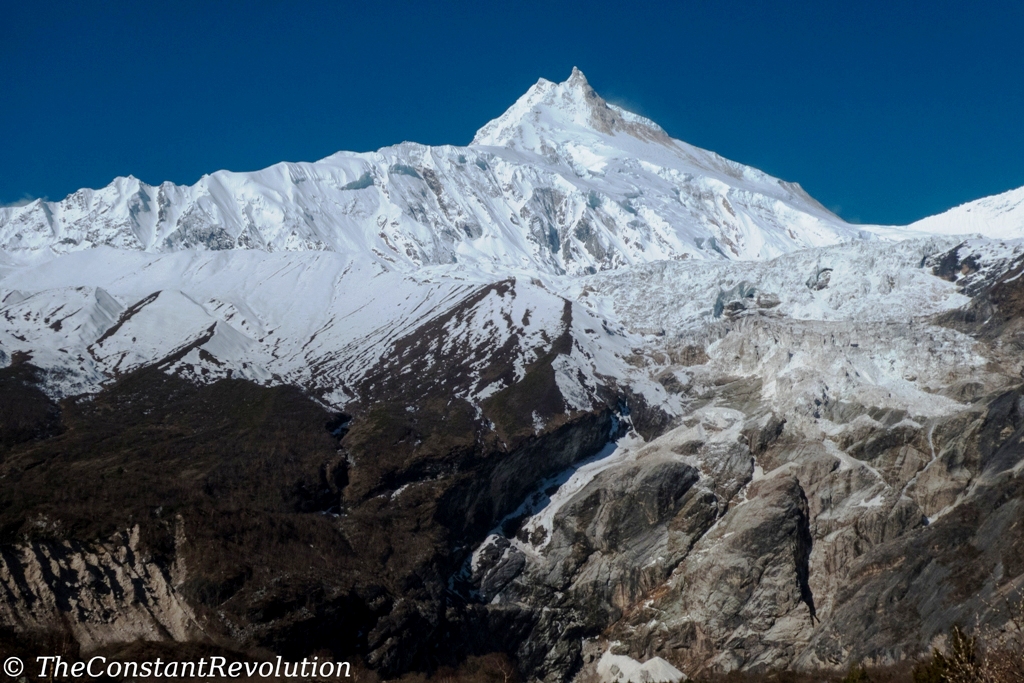
I did this in 2008, Banlung was far out but didn’t get to see much in way of animals, a stash of old guns from the war I remember. What an adventure hope it doesn’t get ruined!
Hi Adam, indeed not many animals in these jungles unfortunately, we were lucky to come across this tree full of giant hornbills. The place is really beautiful though.
When I was there it was also still fine, with only a few tourists and some attention to keeping things relatively clean. But the rest of Cambodia is really undergoing a big transformation with the Chinese charging in…lots of pollution (for plastic it is the worst country I have ever seen) and lots of badly planned urban and infrastructure development. It’s a shame.
Interesting to read about the trek from your perspective. What the guides probably didn’t tell was that when you do the gibbon spotting the official way you will see a gibbon family that is used to be watch by humans and doesn’t flee straight away. Even if you had gotten close to gibbons in the community forest the animals would have disappeared quite fast.